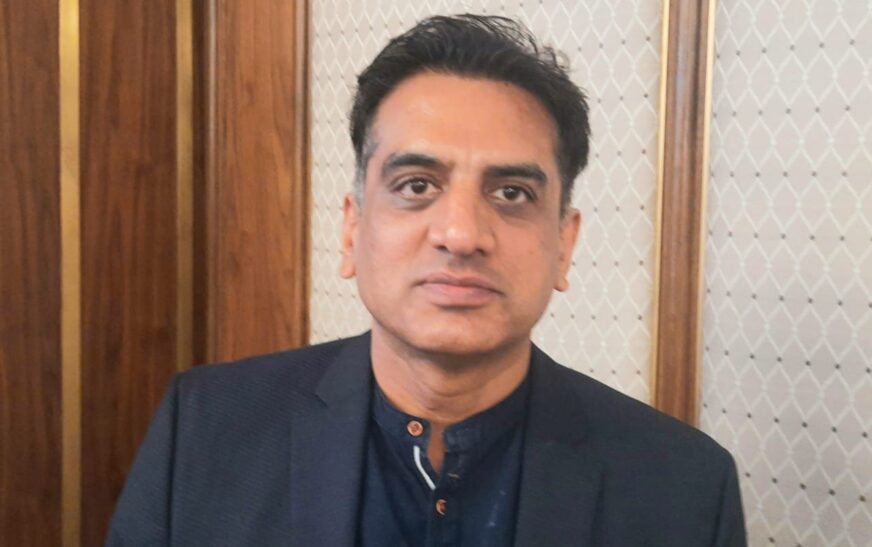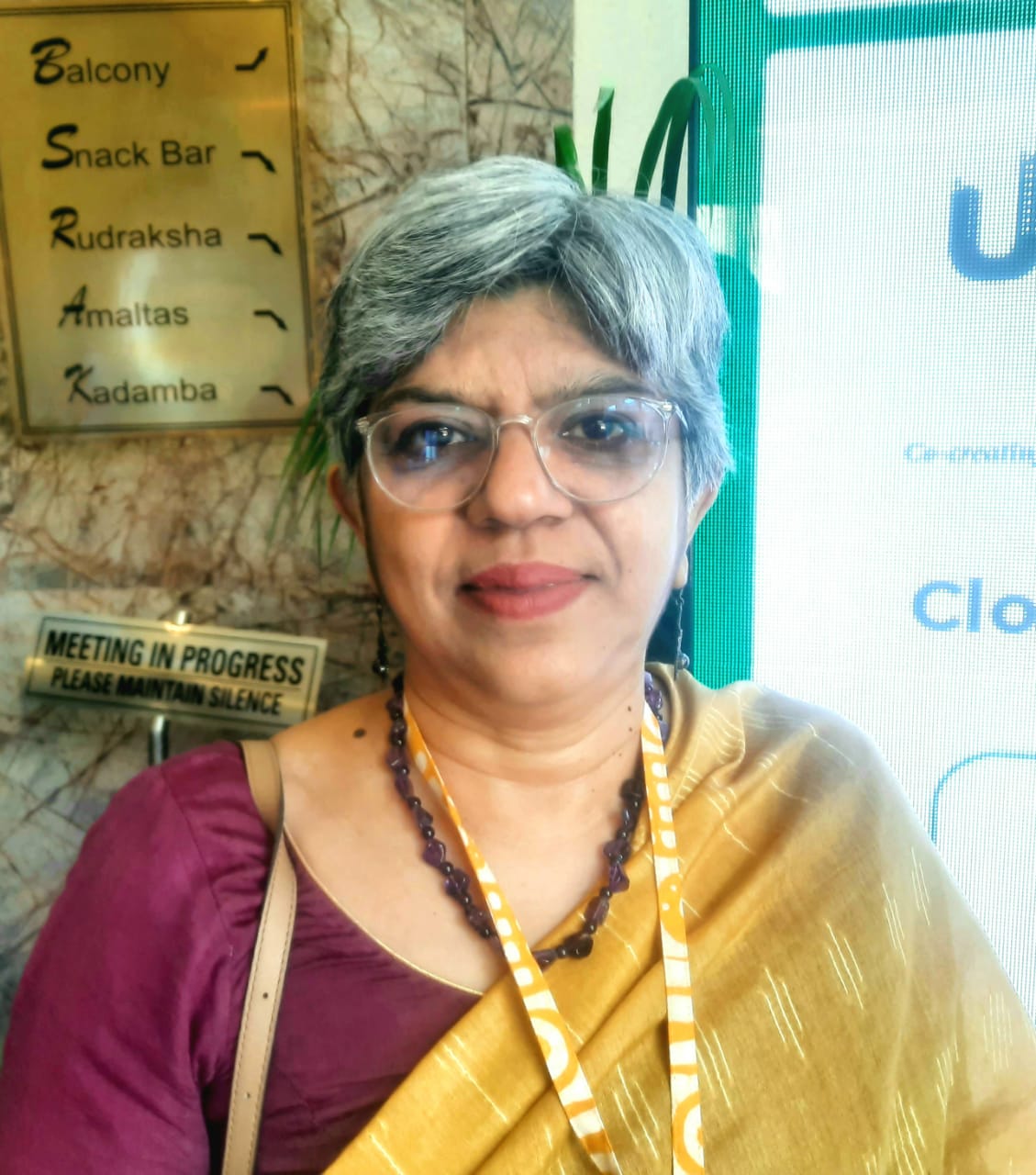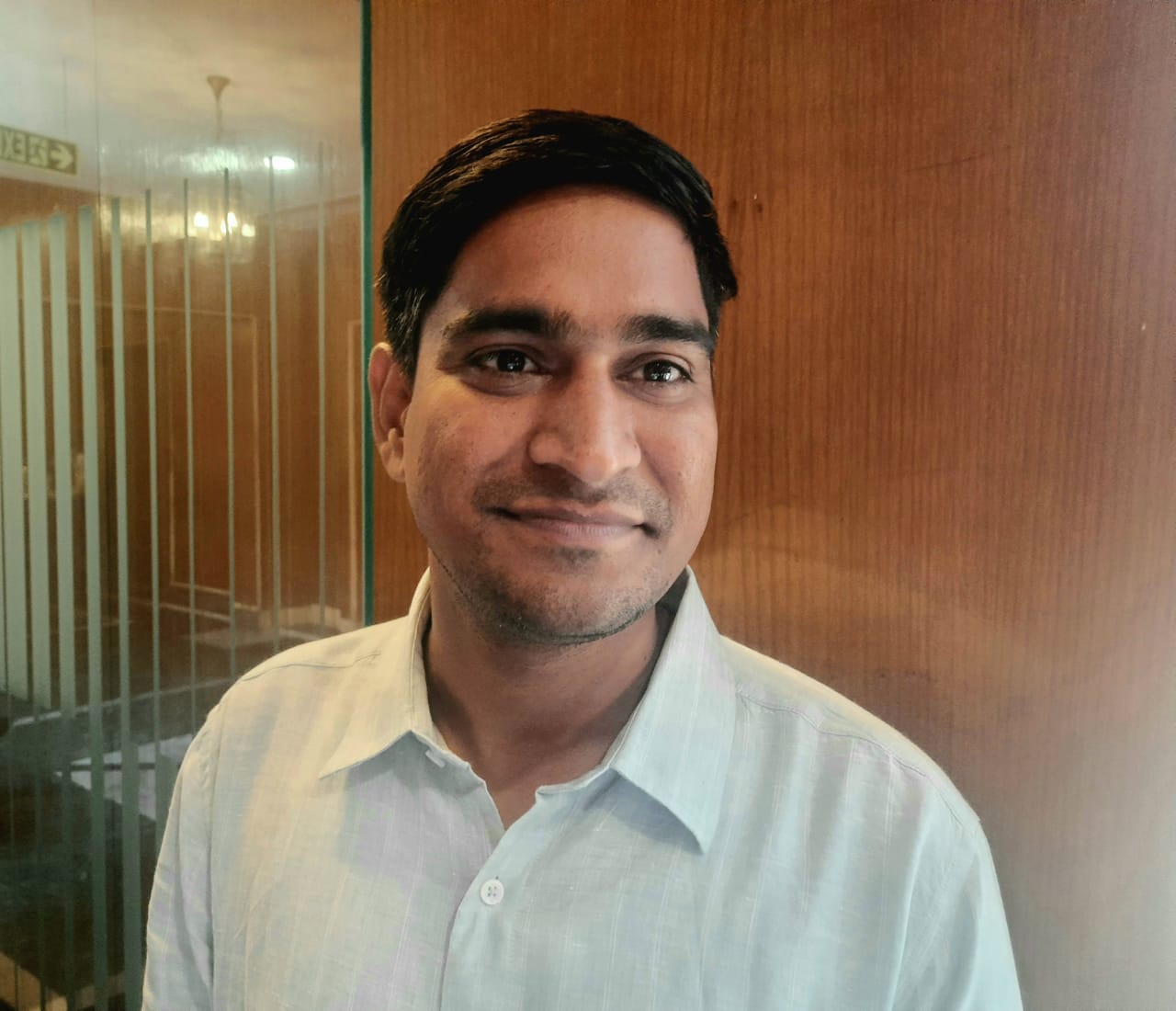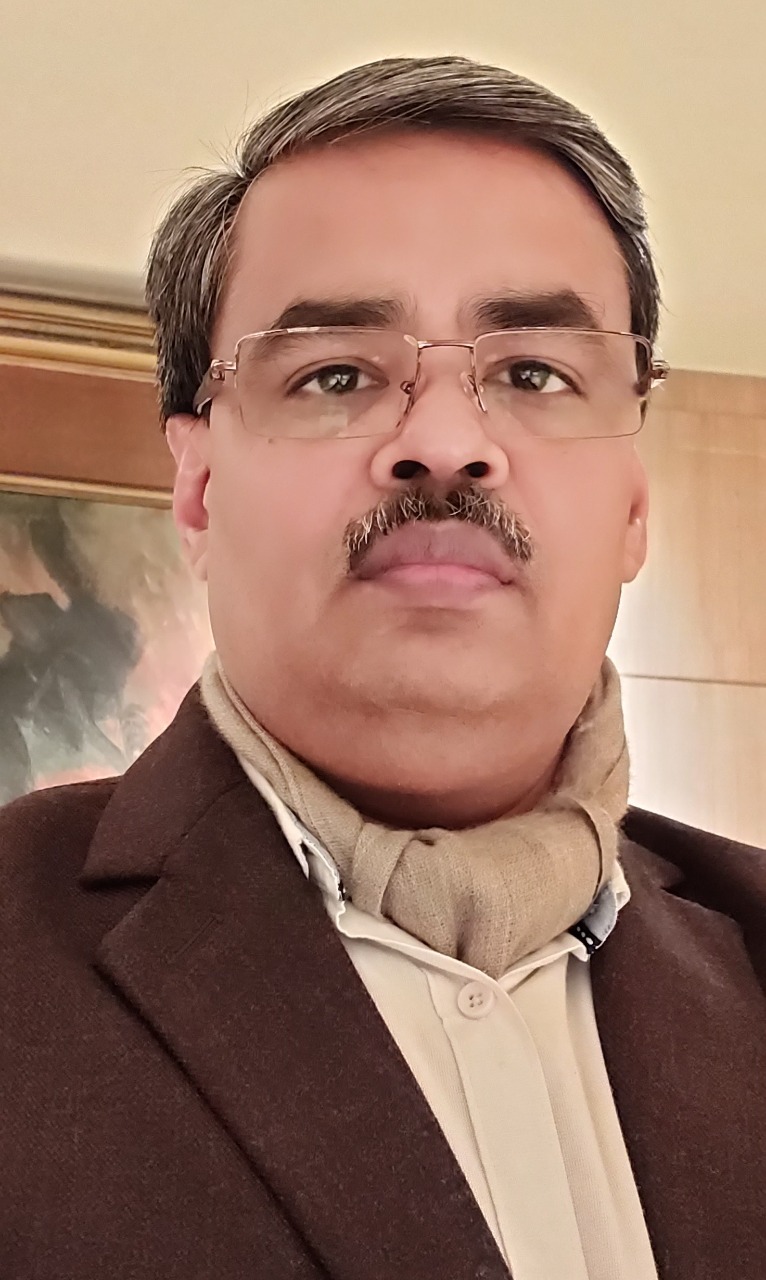The National Institute of Fashion Technology (NIFT) is a distinguished leader in fashion education and research in India. Founded in 1986, NIFT has grown into a comprehensive network of campuses across the country. It offers a wide range of programs, including undergraduate, postgraduate, and doctoral degrees in fashion design, technology, and management. NIFT celebrates its innovative approach and industry relevance, skillfully integrating creative talents with technical expertise to mold future leaders in the fashion and lifestyle sectors.
NIFT designs it curriculum meticulously to incorporate design thinking, advanced technology, and emerging global fashion trends. This holistic approach ensures that students are not only adept at creative processes but also master the latest technological advancements. The institute’s facilities are also equipped with cutting-edge design studios, technology labs, and research centers. These facilities contribute to an environment that fosters creativity, technical skill, and excellence.
Beyond theoretical knowledge, NIFT emphasizes the importance of practical experience. The institute engages students in industry collaborations, internships, and live projects, providing them with real-world exposure. Additionally, NIFT organizes annual events such as Fashion Shows and Design Exhibitions. These events empower students to showcase their talent and for industry leaders to witness the latest innovations in fashion.
NIFT’s strong industry connections and its focus on research and development cement its position as a leading choice for those aspiring to excel in fashion. The institute’s efforts drive advancements not only within India but also on a global scale.
In an exclusive conversation with The Interview World during the Global Textile Sustainability Summit, hosted by ASSOCHAM, Prof. (Dr.) Sameer Sood, Director of NIFT Gandhinagar, shares valuable insights. Furthermore, he discusses how the fashion industry and educational institutions are integrating sustainability practices, highlights disruptive technologies set to positively influence the industry, and provides a detailed forecast of how the fashion sector will evolve globally over the next decade. Here are the key takeaways from this enlightening discussion.
Q: Sustainability has become a prominent topic in today’s discourse. How are fashion industry players and educational institutions addressing this trend and integrating sustainable practices into their operations and curricula?
A: Sustainability is a shared responsibility that involves consumers, manufacturers, governments, and institutions alike. As an academic institution dedicated to fostering sustainable practices, we are also integrating sustainability principles into our curricula across design, management, and technology disciplines.
In our design programs, we emphasize creating modular garments. This innovative approach ensures that clothing remains timeless and versatile, allowing for prolonged use and reducing waste. By designing garments that can be easily adapted or updated, we contribute to a more sustainable fashion industry where items are valued for their longevity.
On the technological side, we address the issue of pre-consumer waste, which often goes unutilized in the garment production process. Our focus is on reducing this waste and improving its management, thereby minimizing environmental impact. Through these efforts, we aim to equip students with the knowledge and skills necessary to contribute to sustainable development goals and drive positive change in their respective fields.
Q: What disruptive technologies do you believe will significantly impact and benefit the fashion industry?
A: Research shows that approximately 80% of fabric is used in garment production, while the remaining 20% is wasted. Even a modest increase in efficiency by 5% could lead to substantial savings in fabric. To tackle this issue, we are pioneering a zero-waste pattern-making approach. This innovative concept ensures to utilize maximum fabric in garment production, with an ultimate goal of 100% fabric use, or at least 90%. By implementing this strategy, we aim to significantly reduce pre-consumer waste and enhance the sustainability of our production processes.
Q: How do you assess the growth trajectory of the Indian fashion industry, and what are your predictions for its development over the next five years?
A: The fashion industry and its designers play a pivotal role in advancing sustainability. Today, an increasing number of designers are prioritizing sustainable practices in their work. They are championing the use of traditional materials like khadi and handloom fabrics while moving away from man-made fibers (MMFs). This conscious choice reflects the significant influence designers wield in promoting environmentally friendly fashion.
Central to this effort is the Centre for Excellence in Khadi, a prominent initiative led by NIFT and supported by the Ministry of MSME. This center elevates khadi not merely as a traditional fabric but as a fashionable, everyday material. The goal is to integrate khadi into daily wear and mainstream fashion, demonstrating its relevance and versatility in contemporary wardrobes. The Honourable Prime Minister has endorsed this vision with his statement: “Khadi for nation, khadi for transformation, khadi for fashion.” Furthermore, this endorsement underscores the ambition to make khadi a symbol of sustainable fashion.
If khadi and handloom fabrics become prominent in the fashion industry, they could significantly address sustainability issues. Their widespread adoption would reduce reliance on synthetic fibers, which are often environmentally damaging. Moreover, India is a global leader in handloom production, contributing 95% of the world’s handloom fabrics. This vast contribution highlights India’s commitment to preserving and advancing this traditional heritage. As the global fashion industry shifts, India’s continued focus on khadi and handloom fabrics reinforces its role in sustaining a crucial aspect of our cultural and environmental legacy.
Q: Considering the historical growth of the textile industry, how do you anticipate these sectors will evolve globally over the next decade?
A: Over the next decade, our strategic goal must be to significantly reduce the use of Man-Made Fibers (MMF), aligning with both governmental and global sustainability objectives. Despite this urgency, current global trends are moving in the opposite direction, with an increased reliance on MMF. To achieve our sustainability goals, a fundamental shift in policy and practice is essential.









